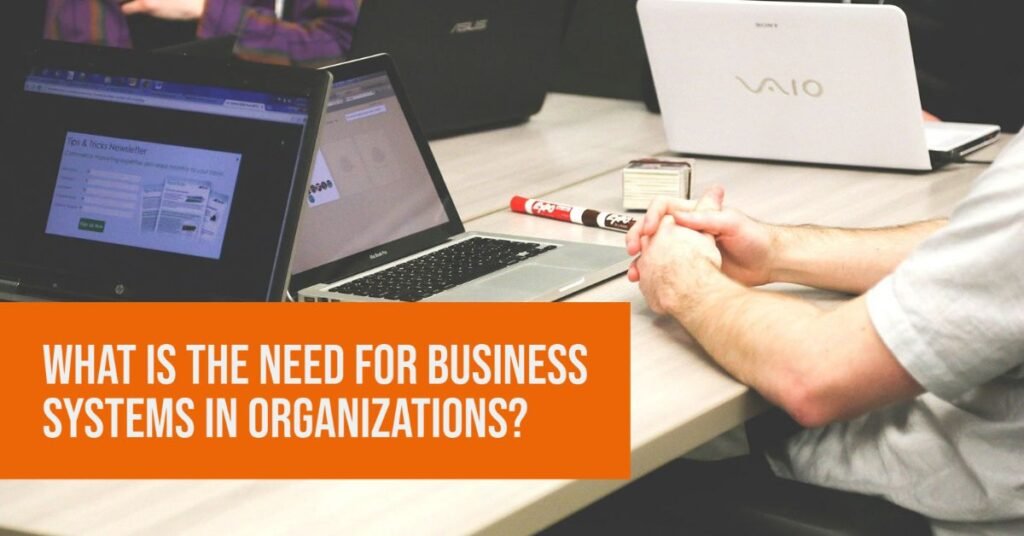Cybersecurity has evolved to new levels as the intensity and frequency of data hacks have increased over the past few years.
For a small and medium industry, there are more risks towards hacks than large organizations. They are more prone to data hacks due to lesser controls and system protection.
Large or small industries, the employees play a crucial role in protecting the organization from data leaks.
Following are a few of the cybersecurity best practices to follow in organizations.
Cybersecurity will ensure the data security is not compromised. At all instances of daily business operations the IT team can monitor potential attacks.
1. Back-Up your Data
Back up the files stored in your workstation in a cloud or a remote server.
Also, avoid sharing personally identifiable information. Credit card details via unsolicited email, phone calls, text messages, etc.
A lot of phishing websites look legitimate but are scams. It is the most common way of data leaks.
The company’s data, sensitive information, or intellectual property, etc., must be protected. Employees should not share it outside the organization.
2. Encrypt your Data
Always encrypt your data by strong, complex passwords. It can help in preventing cybercrimes and accessing company information to a great extent.
Enterprises must implement multi-factor authentication while providing access to sensitive network areas.
Adding a layer of protection such as providing a temporary One-Time-Password code is effective.
A passcode sent your smartphone to log-in helps in keeping hackers away to a great extent.
3. Prevent Data Loss
Avoid pop-up messages, unknown emails, and links. Phishers try to trick you to click on links leading to a security breach.
Most of these pop-ups and links will have viruses embedded on it that can infiltrate your computer and pass on important information.
Pop-up blocks and email authentication software would help organizations and employees. It will help to avoid falling in the trap of phishers.
4. Implement Access Control Network Security Process
A secured VPN network can protect Office Wi-Fi from public Wi-Fi that is prone to hacks.
Set up a Secured VPN for those employees remotely working. Also, to those who are traveling and want to communicate with the organization via public Wifi.
VPN protection can help keep your information private even when logged-in via public Wi-Fi.
5. Effective Network Security Governance Structure
Having a Firewall for the company and home network is the first line of defense in protecting data against cyberattacks.
Firewalls prevent any unauthorized access to system files. Create an effective network security government structure by documenting and sharing cybersecurity policies.
The Small Business Administrative Cybersecurity document covers detailed information on the following:
Online Training, Checklists, and Information specific to protect the online business.
6. Train and Educate Users
Conduct regular cybersecurity training and exercises to empower employees with IT Security Standards.
The employees must be given proper training on Cybersecurity practices. It makes them aware of the latest security practices.
7. Create a Risk-based Approach to Cybersecurity
Identify the potential risks in the current network systems. Reverse engineer a firewall, and enhance the system security to prevent any potential system attacks.
Instead of developing a cybersecurity system with all checks, and leaving the data unsecured. Assessing the potential flaws in the current system and taking preventive actions is crucial. It enhances the possibility of reducing cyber-attacks.
8. Access to Cybersecurity Administrative Account
Provide specific job responsibilities to the IT team and other departments. Grant special access to users of the organization’s IT network for external communications.
Limit certain access to IT networks and applications. It helps to avoid employees fiddling with the IT network unnecessary.
Provide access to software and tools to those who require it to do their job. Other less strategic job roles could use the public network. Provide separate access points which are also secured and firewall-protected.
9. Invest in Antivirus Network Security
The cost of investing in a robust Antivirus Network Security System is often very high cost for, especially small businesses.
But when you take the typical cost of a cyberattack it seems always profitable to invest in a robust Network security system
10. Install System and Software Updates
Always be updated with the cybersecurity standards. Ensure the employees update their software and system with the latest Antivirus and anti-malware security releases.
Practicing these cybersecurity standards would help you and your organization from cyber-attacks to a greater extent.
Always have constant contact with your internal IT team and report any security warnings to them. It could avoid a potential hack of your system.
To know more on cybersecurity and best practices, talk to our expert ISO Consultants
Contact: Aurion ISO Consultants




Comments
Comments are closed.